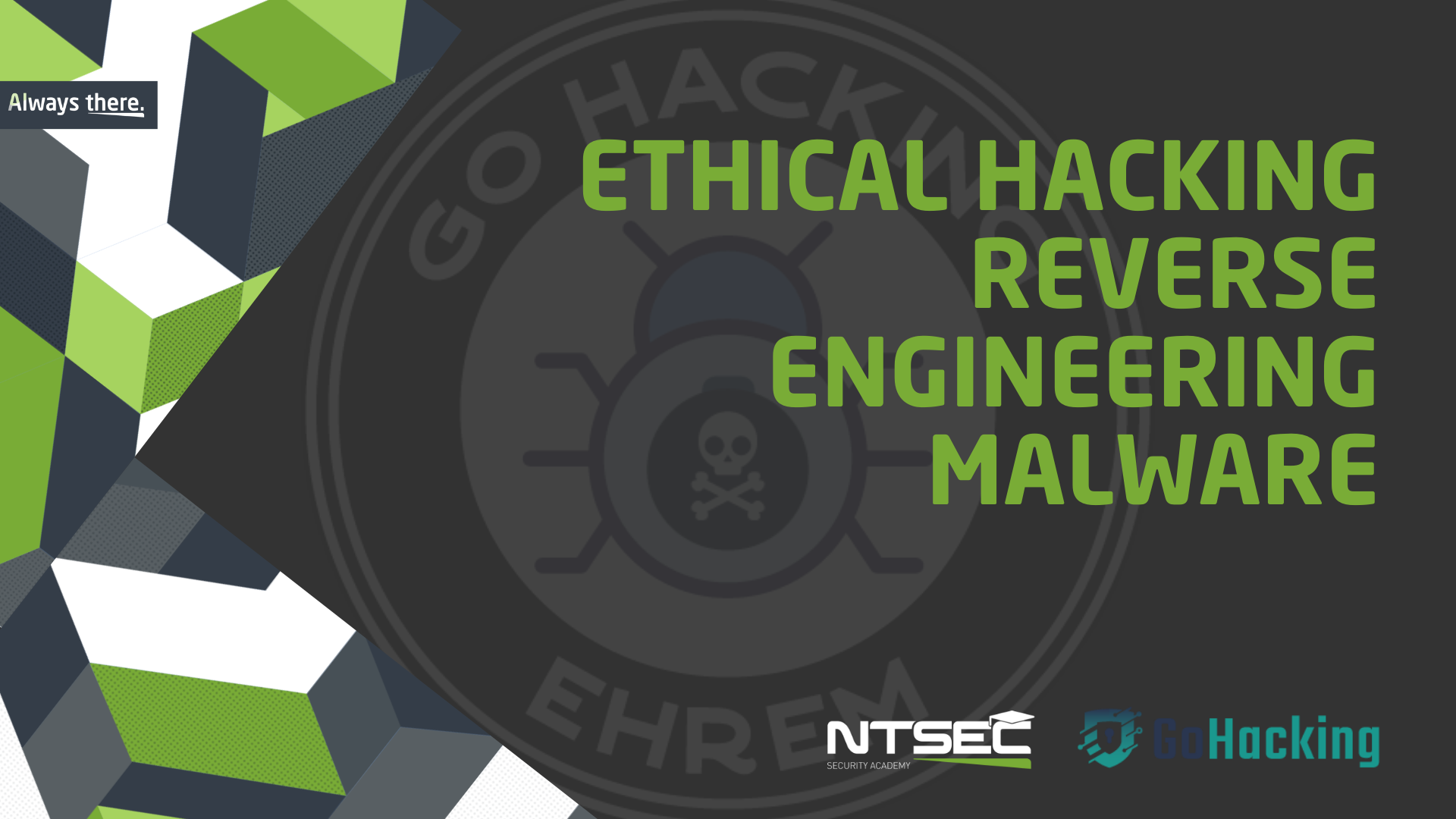The Ethical Hacking Perspective: Reverse Engineering For Good

Executive Summary

Ethical hacking, often referred to as “reverse engineering,” involves examining a system or software’s inner workings to detect vulnerabilities and potential security loopholes. This distinctive approach allows organizations to bolster their security posture proactively by identifying and addressing weak points before malicious actors exploit them.

Introduction
The realm of ethical hacking is a complex and dynamic one, encompassing a diverse range of techniques and approaches. While the primary objective remains to enhance security, the underlying methodologies and applications vary widely. Let`s delve deeper into the key domains that define the ethical hacking landscape.
1. Vulnerability Assessment:
- Penetration Testing: Simulating real-world cyberattacks to identify exploitable vulnerabilities in systems and networks.
- Security Audits: Conducting comprehensive assessments of security protocols, configurations, and policies to uncover security weaknesses.
- Risk Analysis: Evaluating the potential impact of vulnerabilities and prioritizing remediation efforts based on risk levels.
2. Exploit Development:
- Reverse Engineering: Disassembling software and analyzing its source code to identify potential vulnerabilities.
- Buffer Overflow Exploitation: Manipulating memory buffers to execute malicious code.
- SQL Injection Attacks: Exploiting vulnerabilities in web applications to inject malicious SQL queries.
3. Security Countermeasures:
- Secure Coding Practices: Implementing coding techniques that minimize vulnerabilities and make software more resistant to attacks.
- Input Validation: Validating user input to prevent malicious code execution or data manipulation.
- Encryption: Employing encryption algorithms to protect sensitive data and communications.
4. Incident Response:
- Compromise Detection: Identifying and detecting security breaches or intrusions in a timely manner.
- Containment and Eradication: Limiting the impact of security incidents by isolating affected systems and eradicating malicious code.
- Evidence Collection and Preservation: Gathering and preserving digital evidence for forensic analysis to aid in investigations.
5. Continuous Monitoring:
- Log Analysis: Analyzing system logs and activity data to detect anomalous behavior or potential threats.
- Intrusion Detection Systems: Deploying systems that monitor network traffic and activity for suspicious patterns.
- Vulnerability Scanning: Regularly scanning systems and applications for known vulnerabilities.
Conclusion
The ethical hacking viewpoint, with its emphasis on reverse engineering and proactive security measures, plays a crucial role in safeguarding organizations and systems from ever-evolving cyber threats. By continuously assessing vulnerabilities, developing countermeasures, and monitoring systems, ethical hackers contribute to a safer digital world.
Keywords:
- Ethical Hacking
- Reverse Engineering
- Cybersecurity
- Vulnerability Assessment
- Cyber Security

This article was very informative. I learned a lot about the ethical hacking perspective, and it has given me a new perspective on reverse engineering.
I found this article to be poorly written and inaccurate. The author does not seem to have a good understanding of the ethical hacking perspective and makes several false claims.
Reverse engineering is a valuable tool for ethical hackers and can be used for a variety of purposes, including security testing, malware analysis, and vulnerability research.
I believe that the author is overstating the benefits of reverse engineering. While it is a useful tool, it is not a panacea for all security problems.
The author claims that reverse engineering can be used to improve security, but I find it ironic that the same technique can also be used by cybercriminals to exploit vulnerabilities.
Oh, yes, reverse engineering is so ethical. It’s not like it’s ever been used for anything nefarious.
I’m sure ethical hackers are just dying to share their knowledge with the world. After all, they don’t want anyone else to have a leg up on them.
I think the author did a good job of explaining the ethical hacking perspective on reverse engineering. However, I would have liked to see more examples of how reverse engineering has been used in the real world.
The article was well-written and informative. I appreciate the author’s clear and concise explanation of the ethical hacking perspective on reverse engineering.
I’m not convinced that reverse engineering is as ethical as the author claims. I think it’s important to consider the potential risks of this technology.
I agree with the author that reverse engineering can be a valuable tool for ethical hackers. However, I think it’s important to remember that it’s a double-edged sword that can also be used for malicious purposes.
I can’t help but wonder if the author is a closet hacker. After all, who else would write such a glowing article about reverse engineering?
Oh, please. Like ethical hackers are really going to use their knowledge to make the world a safer place.
I can just see it now. A bunch of ethical hackers sitting around a table, sharing their latest reverse engineering tricks. ‘Hey, check out this new vulnerability I found! I’m going to use it to save the world!’
I think it’s important to remember that ethical hackers are just people, and they’re not perfect. They can make mistakes, and they can be tempted to use their knowledge for personal gain.